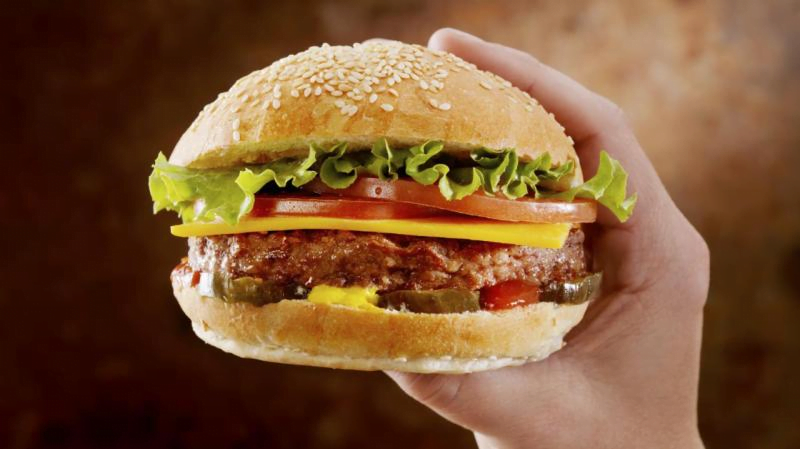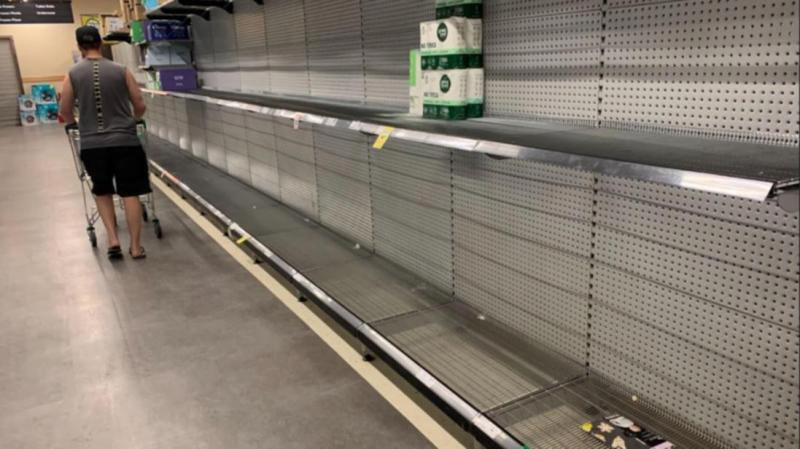Coles has acknowledged at a recent forum that its customers are feeling the impact of rising interest rates and cost-of-living expenses, leading them to seek out sales and promotions to help stretch their household budgets. Coles executives told its food and grocery suppliers that customer trust on the issue of value was becoming more crucial, and involved keeping prices down and building customer trust via its “Dropped & Locked” campaign, while private label groceries also played a role.
The second iteration of the campaign saw a 22% lift in a mix of sales and volumes for those marked-down grocery items. Coles also noted that the impact of inflation was reflected in a shift by consumers to cheaper foods, such as trading down to cheaper cuts of meat or more affordable protein, such as chicken.
Coles CEO Steven Cain said there had been a large uplift in the sale of cheaper, private label groceries in his stores for the six months before Christmas. This gain in home-brand groceries was described as a “big number” and one of the biggest on record for Coles. Mr Cain said he expected more customers would be value-conscious as cost-of-living pressures increased.
Woolworths CEO Brad Banducci also noted the “extraordinary” growth of the supermarket’s private label groceries over the December half. Some grocery categories were up more than 20%, led by popular and value-focused grocery lines such as canned tuna, tinned tomatoes and pasta.
A recent report by UBS said food inflation at leading supermarkets Woolworths and Coles was tracking at 9% in January, which was below the 9.2% in the second quarter of fiscal 2023 and 9.4% at its peak in December. The report suggested that while food and grocery inflation in supermarkets may have peaked in December, it would remain elevated this year but could moderate.
UBS analyst Shaun Cousins said supermarket volumes would be supported by a return of population growth led by immigration, the return of overseas students and backpackers, and the rising cost of living that was expected to drive a shift from restaurants and cafes to at-home consumption.


